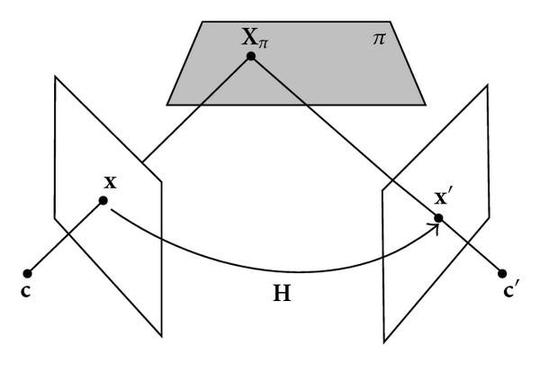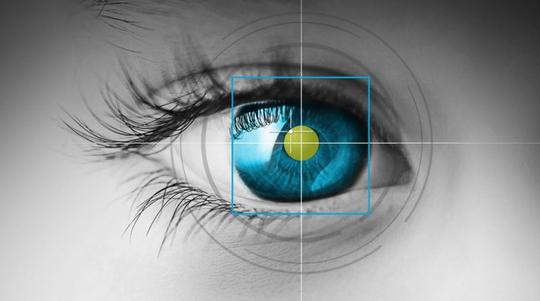Sai Prahladh Padmanabhan
Engineer
Samsung Semiconductor INC
Biography
I am an engineer at Samsung Semiconductor INC with a strong background in designing scalable solutions leveraging Large Language Models (LLMs) and deep learning frameworks such as PyTorch and TensorFlow. My expertise spans developing end-to-end systems, from user-friendly interfaces to inference server backend, with a focus on Generative AI applications. I am an Electrical and Computer Engineering graduate with my Master’s degree from Carnegie Mellon University. My interests are in exploring the spheres of Machine Learning, Deep Learning and Computer vision.
Download my resume.
- Artificial Intelligence
- Machine Learning
- Deep Learning
- Computer Vision
M.S in Electrical and Computer Engineering, 2021
Carnegie Mellon University, Pittsburgh, PA
B.E in Electronics Engineering, 2019
Vivekanand Education Society's Institute of Technology, Mumbai, India
Skills
Proficient
Proficient
Proficient
Intermediate
Intermediate
Beginner
Experience
Engineer at the Memory Solutions Lab working on value proposition of storage solutions for SOTA Deep Learning Algorithms:
- Developed a Verilog code generation assistant using LLMs, incorporating conversational AI for a chat-based interface that improved code suggestions and completion. Achieved 88% pass@5 success, leveraging fine-tuning on domain-
specific datasets and a custom benchmark to optimize performance and efficiency. - Developed a scalable full-stack application for the Verilog Code gen assistant, comprising of a user-friendly interface, an inference server for model execution, and robust user authentication integration, ensuring seamless and secure functionality.
- Developed a movie recommendation system using DLRM with Memory Semantic SSD for personalized recommendations. Demonstrated it at the “Open Compute Project” conference, highlighting AI-based decision-making and system performance.
- Established a Jenkins pipeline to automate performance testing and built a Grafana dashboard for data visualization, accelerating the testing process by 15% and enhancing monitoring efficiency.
Fulfilled the role of a TA for a reputed Deep Learning course (11-785) at CMU, taught by Prof. Bhiksha Raj. Responsibilities include:
- Creating Assignments and quizzes.
- Holding Office Hours.
- Project group mentoring
Worked on ensuring safety of shared control in autonomous driving under the guidance of Prof. Corina Pasareanu.
- Performed K-means clustering on driver reaction time classification output of a neural network to verify robustness of classification and ensure safety of shared
control in autonomous driving. - Improved the clustering methodology through mean centroid initialization and elbow method to observe a maximum of 20% increase in cluster radii across 5 clustered regions.
Fulfilled the following responsibilities:
- Trained Feature Pyramid Networks for text localization in documents.
- Enhanced text localization accuracy by 2% after adopting Progressive Scale Expansion Network architecture.
- Resolved issue of omission of isolated characters by tuning hyperparameters for a ResNet-50 backbone.




